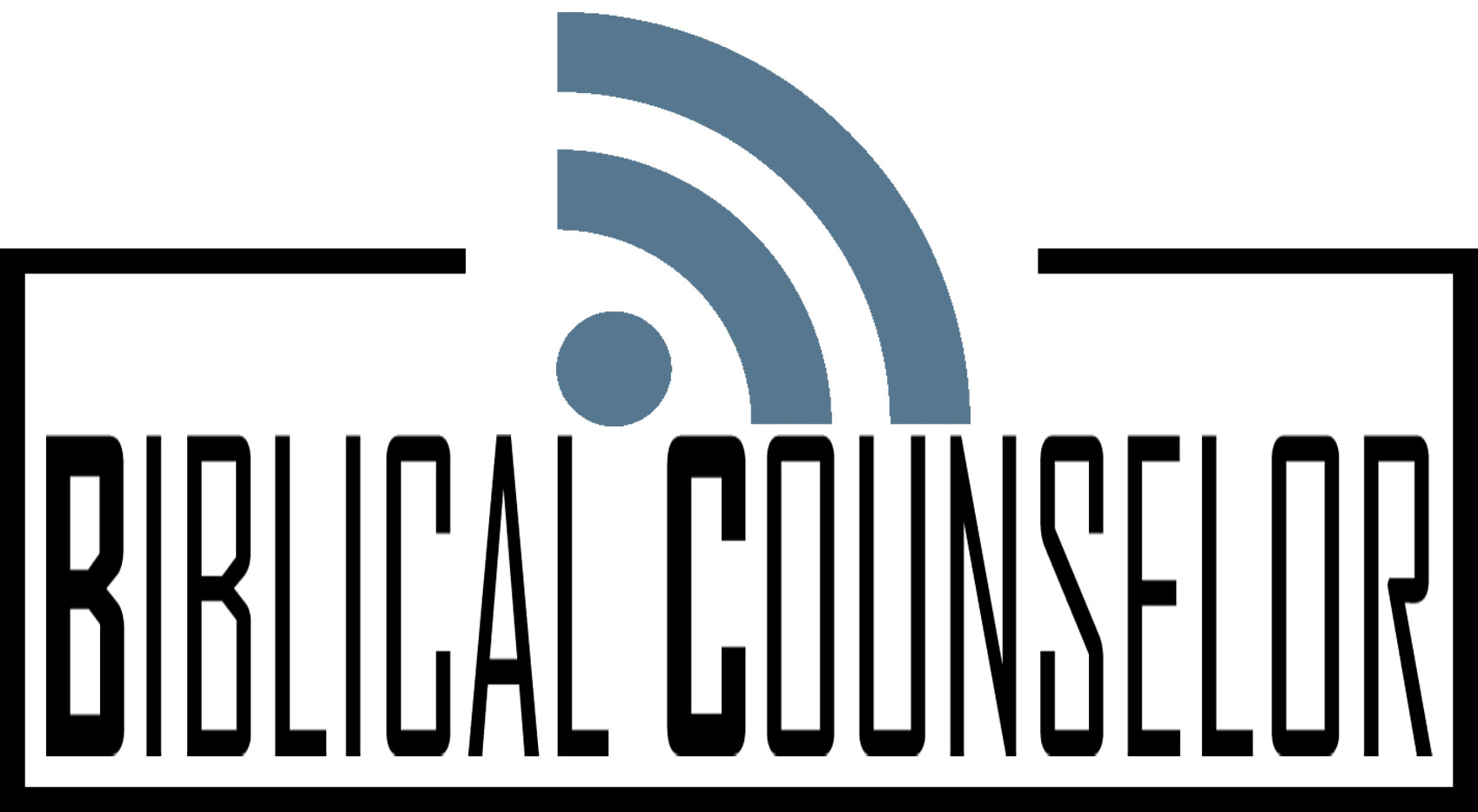Synopsis: In 1876, Washington churches partnered together to host a 105-day-long revival meeting in the National Capital. This event illustrates the extent to which modern revivalism impacted American evangelicalism and provides a broader backdrop for many of the revivalistic methods we continue to see practiced today.
In the nineteenth century, revivals ceased to be regarded as the spontaneous work of the Holy Spirit and instead became planned events: the result of intercessory prayer, careful planning, and meticulous execution. As Iain Murray notes with irony, “Instead of being ‘surprising’ [revivals] might now be even announced in advance.”[1]The difference between the older reliance on the ordinary means of grace and the newer reliance on ever-changing methods has been aptly described as the difference between “revival and revivalism.”[2]
This article examines one instance of “revivalism” in 1876—when the churches of Washington, D.C. partnered together to bring a world-famous revivalist to the National Capital for a hundred-day-long series of protracted meetings. I will examine four features of this Washington revival—partnership, prayer, press, and preaching—before offering three concluding reflections that attempt to bridge the gap between past practices and present realities.
It would be simplistic to label this event either “good” or “bad.” Like all
To continue...read the full-length post originally published on this site.


